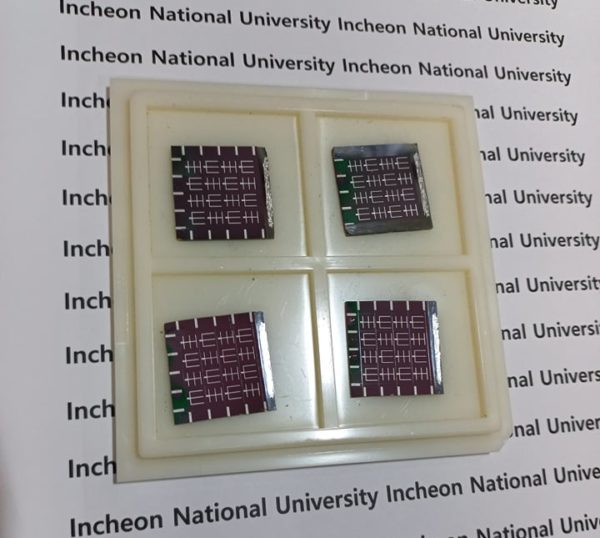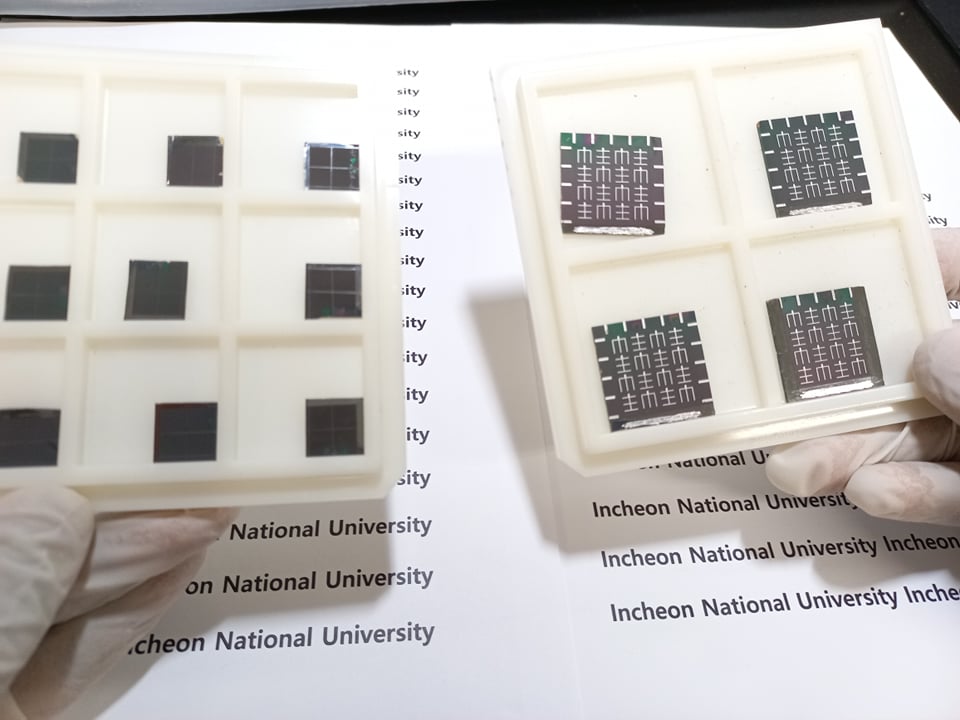Researchers from the Incheon National University in South Korea have built a thin-film kesterite (ZTSSe) solar cell that incorporates aluminum oxide (Al₂O₃) as a passivation layer.
This kind of passivation layer has been often used with success for chalcogenide solar cells as well as in copper, indium, gallium, and selenium (CIGS) devices. According to the scientists, it may help reduce zinc-copper (Cu/Zn) cation-related disorders in kesterite cells.
“The passivation layer provides a beneficial passivation effect, that is, chemical passivation or field-effect passivation,” they said. “Chemical passivation decreases the total number of electrically active defects and results in a decrease in the surface recombination velocity, whereas field-effect passivation drives minority carriers from the high-recombination region to the spacecharge region via the built-in electric field created by the high density of fixed charges in the dielectric layer.”
The research group built the cell with Al2O3-incorporated CZTSSe absorbers using aqueous spray pyrolysis in ambient air. This process is generally used for temperature decomposition of organic materials in the absence of oxygen and is known to provide excellent rate capability and high cycling stability.

Image: Incheon National University
The cell was fabricated on a glass substrate coated with molybdenum (Mo) with ith Al2O3-incorporated CZTSSe absorber, a buffer layer based on cadmium sulfide (CdS), an un-doped layer of zinc-oxide (i-ZnO), and an indium-tin-oxide (ITO) layer. The effects of CZTSSe absorbers were evaluated through Raman spectroscopy and X-ray diffraction analysis (XRD), while defect passivation was measured through admittance spectroscopy (AS).
According to the scientists, the Al2O3 incorporation had a noticeable effect on the crystallization process through post selenization of the kesterite absorber and did not change the lattice parameters of the selenized kesterite, which is key to lower defect levels and defect densities. The solar cell achieved a power conversion efficiency of 11.76%, an open-circuit voltage of 0.469 V, a short-circuit current of 36.96 mA cm2 and a fill factor of 67.25%. A reference solar cell without the Al2O3 incorporation obtained a 9.87% efficiency, an open-circuit voltage of 0.456 V, a short-circuit current of 34.22 mA cm2 and a fill factor of 56.93%.
The passivation technique and the solar cell are described in full in the paper Defect Passivation for Kesterite CZTSSe Solar Cells via In Situ Al2O3 Incorporation into the Bulk CZTSSe Absorber, published in RRL Solar. “In conclusion, the in situ Al2O3 incorporation enables defect passivation for kesterite solar cells and suggests its further application to other chalcogenide-based solar cells,” the research group said.
In late 2020, other researchers at the Incheon National University built a kesterite solar cell based on a zinc tin oxide (ZTO) buffer layer.
The world record for such cells is 12.6%, achieved by Japanese thin-film producer Solar Frontier in 2013.
Kesterite is one of the most promising light absorber material candidates for potential use in lower-cost thin-film solar cells. Kesterites are comprised of common elements, such as copper, tin, zinc, and selenium. And unlike GIGS compounds, there are no supply bottlenecks expected in the future. However, kesterite is still less efficient than CIGS in mass production.
This content is protected by copyright and may not be reused. If you want to cooperate with us and would like to reuse some of our content, please contact: editors@pv-magazine.com.




By submitting this form you agree to pv magazine using your data for the purposes of publishing your comment.
Your personal data will only be disclosed or otherwise transmitted to third parties for the purposes of spam filtering or if this is necessary for technical maintenance of the website. Any other transfer to third parties will not take place unless this is justified on the basis of applicable data protection regulations or if pv magazine is legally obliged to do so.
You may revoke this consent at any time with effect for the future, in which case your personal data will be deleted immediately. Otherwise, your data will be deleted if pv magazine has processed your request or the purpose of data storage is fulfilled.
Further information on data privacy can be found in our Data Protection Policy.